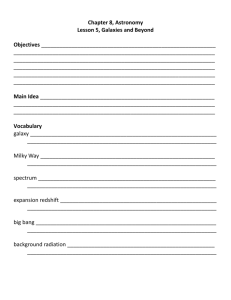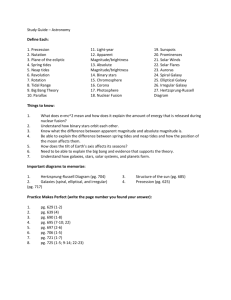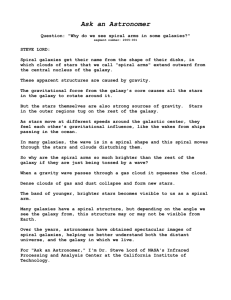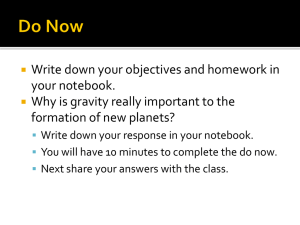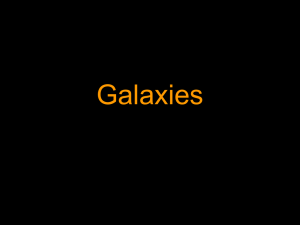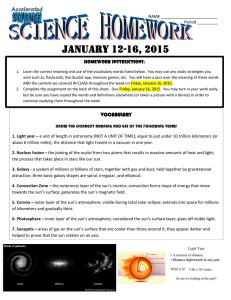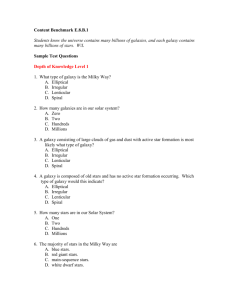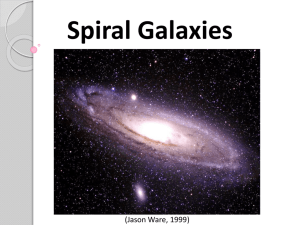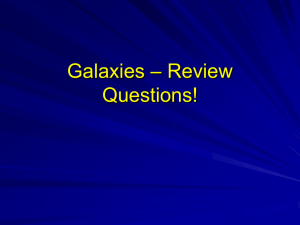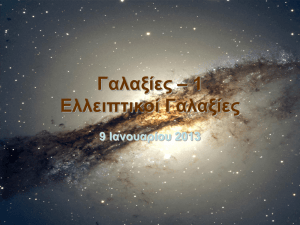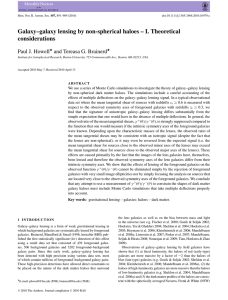LayeredLookBook - Mrscienceut.net
advertisement
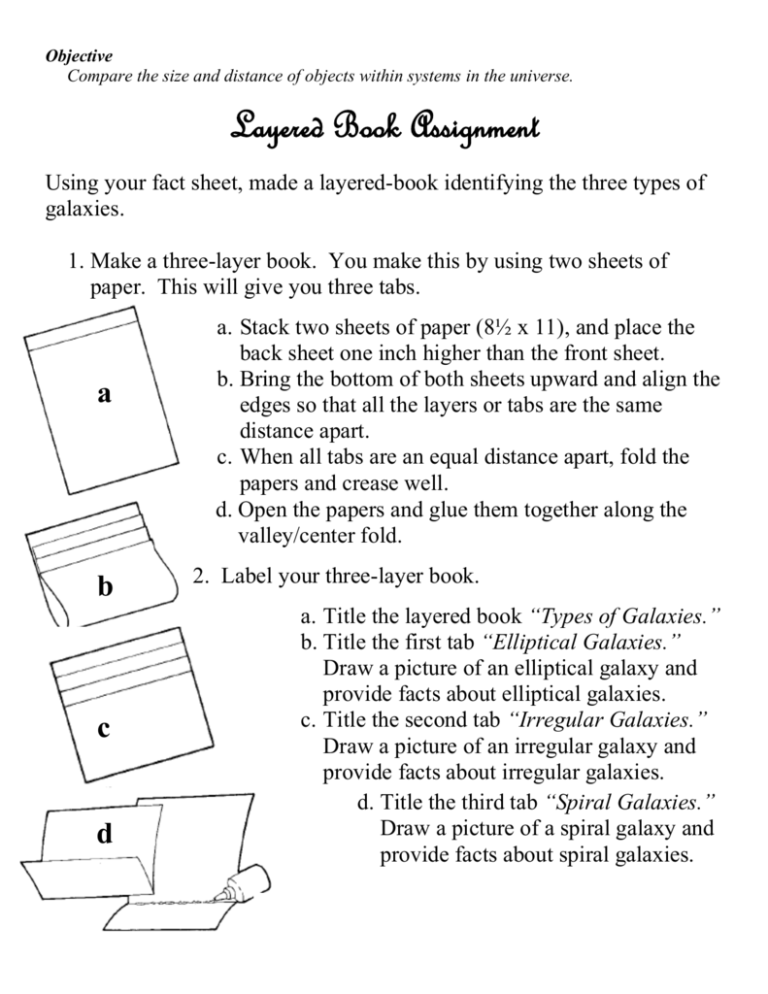
Objective Compare the size and distance of objects within systems in the universe. Layered Book Assignment Using your fact sheet, made a layered-book identifying the three types of galaxies. 1. Make a three-layer book. You make this by using two sheets of paper. This will give you three tabs. a b c d a. Stack two sheets of paper (8½ x 11), and place the back sheet one inch higher than the front sheet. b. Bring the bottom of both sheets upward and align the edges so that all the layers or tabs are the same distance apart. c. When all tabs are an equal distance apart, fold the papers and crease well. d. Open the papers and glue them together along the valley/center fold. 2. Label your three-layer book. a. Title the layered book “Types of Galaxies.” b. Title the first tab “Elliptical Galaxies.” Draw a picture of an elliptical galaxy and provide facts about elliptical galaxies. c. Title the second tab “Irregular Galaxies.” Draw a picture of an irregular galaxy and provide facts about irregular galaxies. d. Title the third tab “Spiral Galaxies.” Draw a picture of a spiral galaxy and provide facts about spiral galaxies. Objective Compare the size and distance of objects within systems in the universe. Comparison of Spiral, Elliptical, and Irregular Galaxies Fact Sheet Spiral Very large galaxy. Composed of stars, gas, and dust. Pinwheel. Gravity holds galaxy together. Have a bulge and thin disk; halo is present. Middle-aged galaxy. Elliptical Small to large galaxy. Composed of stars, little gas and dust. Round to oval. Gravity holds galaxy together. Have a bulge but no disk is present; has a halo. Older galaxy. Irregular Large to small galaxy. Composed of stars, a large amount of gas and dust. No regular shape. Gravity holds galaxy together. May have a disk or bulge or they may be forming; a halo is present. Young galaxy.

